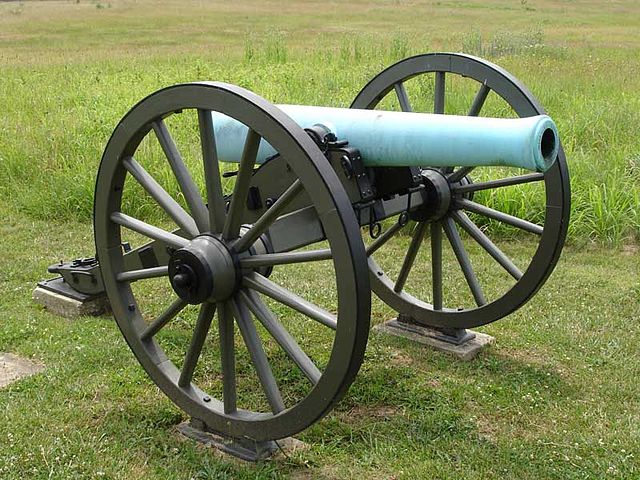William Joseph Hardee was a career U.S. Army and Confederate States Army officer. For the U.S. Army, he served in the Second Seminole War and in the Mexican–American War, where he was captured and exchanged. In the American Civil War, he sided with the South and became a general. Hardee served in the Western Theater and quarreled sharply with two of his commanding officers, Braxton Bragg and John Bell Hood. He served in the Atlanta Campaign of 1864 and the Carolinas Campaign of 1865, where he surrendered to General Joseph E. Johnston to William Tecumseh Sherman in April. Hardee's writings about military tactics were widely used on both sides in the conflict.
William J. Hardee
The Noble Hardee Mansion, 1860–1869, 3 West Gordon Street, Savannah
Portrait of William J. Hardee, held at Fort McAllister state park in Georgia
The Confederate States Army, also called the Confederate Army or the Southern Army, was the military land force of the Confederate States of America during the American Civil War (1861–1865), fighting against the United States forces to win the independence of the Southern states and uphold and expand the institution of slavery. On February 28, 1861, the Provisional Confederate Congress established a provisional volunteer army and gave control over military operations and authority for mustering state forces and volunteers to the newly chosen Confederate president, Jefferson Davis. Davis was a graduate of the U.S. Military Academy, and colonel of a volunteer regiment during the Mexican–American War. He had also been a United States senator from Mississippi and U.S. Secretary of War under President Franklin Pierce. On March 1, 1861, on behalf of the Confederate government, Davis assumed control of the military situation at Charleston, South Carolina, where South Carolina state militia besieged Fort Sumter in Charleston harbor, held by a small U.S. Army garrison. By March 1861, the Provisional Confederate Congress expanded the provisional forces and established a more permanent Confederate States Army.

Private Edwin Francis Jemison, whose image became one of the most famous portraits of the young soldiers of the war
A cartoon from the war, showing the Confederates forcibly drafting a Southern Unionist man into the Confederate army. The Unionist man objects, with the Confederates threatening to lynch him if he does not comply.
An 1861 Confederate recruiting poster from Virginia, urging men to join the Confederate cause and fight off the Union Army, which it refers to as a "brutal and desperate foe"
CSA M1857 Napoleon Artillery Piece







